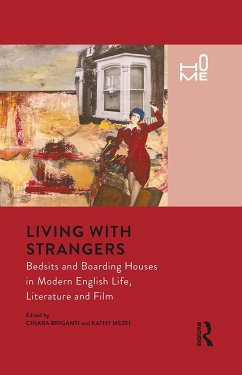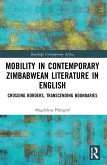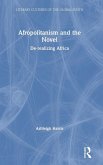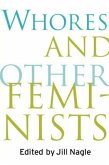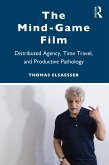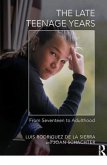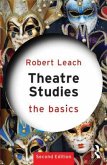Living with Strangers examines the history and cultural representation of bed-sitting rooms and boarding houses in England from the early twentieth century to the present. Providing a historical overview, the authors explore how these alternative domestic spaces came to provide shelter for a diverse demographic of working women and men, retired army officers, gay people, students, bohemians, writers, artists, performers, migrants and asylum seekers, as well as shady figures and criminals. Drawing on historical records, case studies, and examples from literature, art, and film, the book examines how the prevalence and significance of bedsits and boarding houses in novels, plays, detective stories, Ealing comedies, and contemporary fiction and film produced its own genre of narrative. The nine chapters are written by an international range of established and emerging scholars in the fields of literary studies, art and film history, political theory, queer studies and cultural studies. A lively, highly original study, Living with Strangers makes a significant contribution to the cross-disciplinary field of home studies and provides insight into a crucial aspect of British cultural history. It is essential reading for students and researchers in anthropology, history, literary studies, sociology, gender and sexuality studies, film studies and cultural studies.
"Living with Strangers constitutes an imaginative, historically and culturally informed array of essays that depict life in bedsits and boarding houses during a crucial period of British literary and cultural history. - Maria DiBattista, Princeton University, USA Bedsits and boarding houses provided alternatives for those for whom, for a variety of reasons, the family home was not an option. Living with Strangers is an evocative account of alternative domestic spaces as represented in fiction, art, theatre and film. It gets to the heart of how, from the mid twentieth century onwards, social marginality in modern England was largely expressed by where and with what people lived. - Penny Sparke, Kingston University, UK This book is a valuable and original addition to the growing interdisciplinary literature on the home, and will be the first scholarly collection to look at bedsits and boarding-houses as a distinct social formation. - Victoria Rosner, Columbia University, USA"

